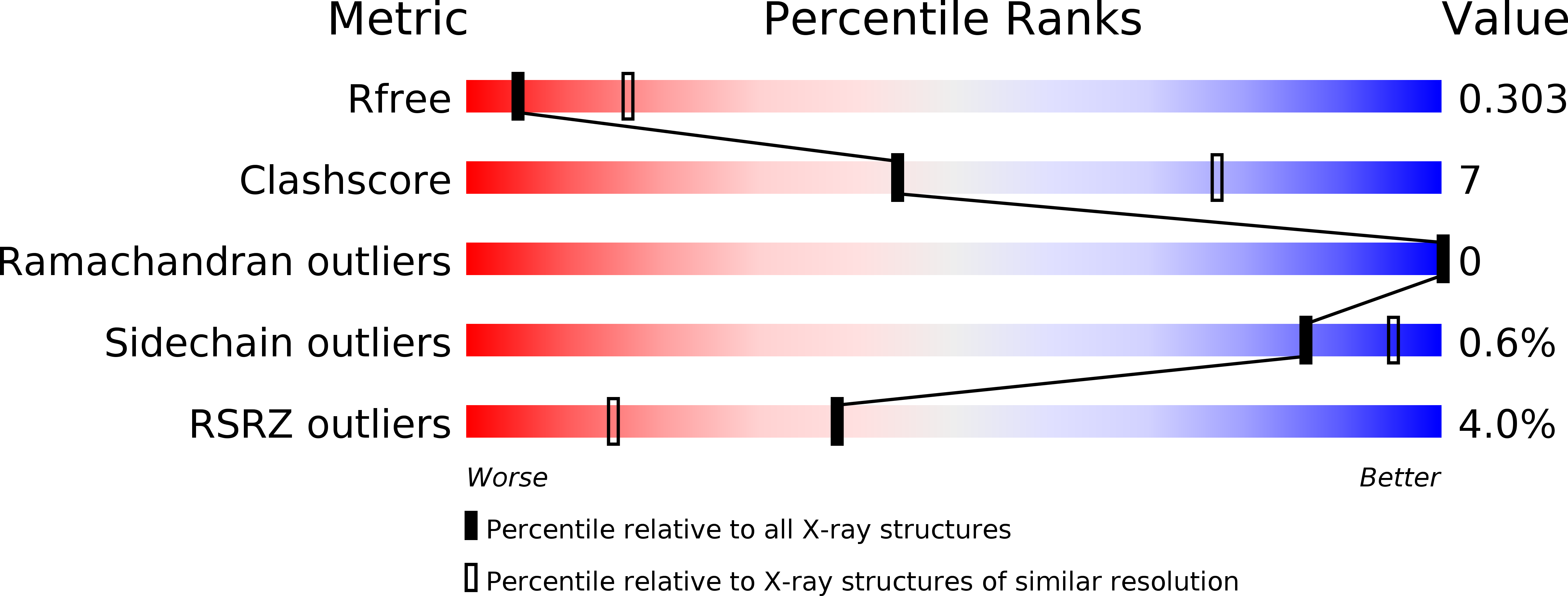
Deposition Date
2019-10-30
Release Date
2020-01-29
Last Version Date
2023-10-11
Entry Detail
PDB ID:
6UUJ
Keywords:
Title:
Structure of PE5-PPE4-EspG3 complex from the type VII (ESX-3) secretion system, space group P212121
Biological Source:
Source Organism:
Host Organism:
Method Details:
Experimental Method:
Resolution:
3.00 Å
R-Value Free:
0.30
R-Value Work:
0.26
R-Value Observed:
0.26
Space Group:
P 21 21 21


